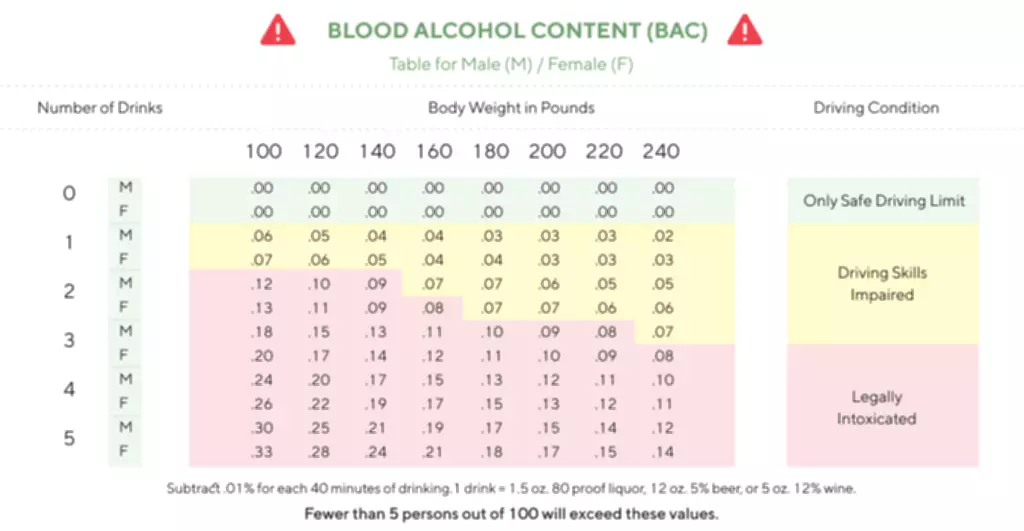
Residents at sober living facilities must adhere to a set of rules and regulations. This can range from agreeing to drug tests on a regular basis to adhering to curfews. Sober living homes can provide a valuable platform for people who are just beginning their sobriety journey to progressively develop newly gained life skills and coping mechanisms. As well as serving as a residence, halfway houses can provide social, medical, psychiatric, educational, and other similar services.

How Sober Living Houses Work
Certain age brackets can experience specific challenges when recovering from addiction. You can enjoy healthy meals in the evening, followed by group therapy sessions. Nighttime is often reserved for free time when you can call loved ones, read books, or watch television. Ethos Structured Sober Living is an all male community in recovery located in the heart of West Los Angeles. Our primary purpose is to foster long-term sobriety through the cultivation of accountability, camaraderie, & character development.
How Much Do Sober Living Homes Cost?
These homes are often staffed in shifts by psychiatric nurses and licensed clinical social workers, who provide residents with 24-hour supervision and centralized recovery care. A great way to find a sober living house in your area is first to explore your network. Not all sober living homes are equal, so finding a place that an acquaintance has recommended could be helpful. Going to a sober living house has been proven to support sobriety efforts, with results ranging from a decreased amount of relapses to long-term sobriety.
What are the Benefits of Halfway Houses?
- As of August 18, federal Residential Reentry Centers (RRCs) had 122 active cases, and 9 deaths, of coronavirus among halfway house residents nationwide.
- Sober living homes are constructed more like private dwellings, providing residents with greater privacy and comfort.
- Aside from expectations connected to recovery, sober living homes have rules that apply to any shared residential space.
- Sober living homes are generally less expensive than inpatient treatment centers.
- Overall, these rules create a stable and supportive environment that encourages sobriety and personal growth.
You can also look into Oxford Houses, which provide all recovering users the opportunity to develop comfortable sobriety without relapse. Reframe supports you in reducing alcohol consumption and enhancing your well-being. Plus, we’re always introducing new features to optimize your in-app experience. We recently launched our in-app chatbot, Melody, powered Substance abuse by the world’s most powerful AI technology.
These homes are required to follow compliance regulations set by state and local authorities, and they are also subject to oversight by organizations that certify their operations. Inspections are regularly conducted to confirm that these homes meet specific requirements, including those related to health, safety, and overall living conditions. Lastly, halfway houses are often owned or sponsored by the state, while most sober-living houses are owned privately or by treatment facilities that want to provide continuing support for their patients. While sober living houses have research touting their efficacy, it is also important to remember that they are still environments where you are living with others and the focus is on staying sober.

The Oxford House Model provides a community based, supportive, and sober living environment.

Even after the client has moved into their new home, the housing case manager’s work does not end. They’re also in charge of keeping track of the client’s housing stability and health after they’ve found a place to live. This can be accomplished by maintaining regular contact with the landlord and/or making random house visits. Residents can benefit from longer-term responsibility and community support, as well as the peace of mind they need to focus on their recovery rather than worrying about where they’ll live after their time is up.

Oxford House – Stockton
In federal RRCs, staff are expected to supervise and monitor individuals in their facilities, maintaining https://ecosoberhouse.com/ close data-sharing relationships with law enforcement. Disciplinary procedure for violating rules can result in the loss of good conduct time credits, or being sent back to prison or jail, sometimes without a hearing. Contrary to the belief that halfway houses are supportive service providers, the majority of halfway houses are an extension of the carceral experience, complete with surveillance, onerous restrictions, and intense scrutiny. Sober living homes are for people who have completed a treatment program but need additional support to sustain long-term recovery. Aftercare services also feature prominently, helping past residents stay connected to support networks and resources, ensuring ongoing sobriety once they transition out of the sober living home. Overall, sober living homes are vital resources that promote sustained sobriety and facilitate the development of a fulfilling life free from addiction.
- This communal living setting allows individuals in recovery to support each other’s sobriety, navigate challenges together, and foster personal growth within a structured framework.
- These homes are required to follow compliance regulations set by state and local authorities, and they are also subject to oversight by organizations that certify their operations.
- Some sober living homes and Oxford houses offer sliding scale fees based on income, or loans and grants to help cover initial costs or deposits.
- Common rules include a strict prohibition on drugs and alcohol, mandatory participation in house meetings, and adherence to attendance at outside recovery meetings such as 12-step programs.
- Residents often face limitations on privacy and could experience conflicts with housemates due to shared living spaces.
By choosing the appropriate level, residents can find a balance of independence and support that best suits their recovery journey, ensuring a smoother transition towards a sober, stable lifestyle. The three common types of recovery residences include sober living homes, halfway houses, and Oxford houses, each offering different levels of support and structure. The goal of recovery residences is to facilitate sustained recovery by providing stability, support, and a buffer from the stressors of full independence while residents work towards permanent housing and complete autonomy. Moreover, many sober living houses provide residents with a structured daily schedule that includes opportunities for recreational activities, educational workshops, and community-building events. One what is a sober house of the fundamental principles of sober living houses is maintaining complete abstinence from substances.
Top 5 Benefits of Sober Living in Scottsdale, AZ
These rules aim to instill a sense of responsibility and discipline while fostering a supportive community environment conducive to sobriety. Exploring the core principles of sober living, these houses uphold essential values that support individuals in their journey towards recovery from substance use disorders. The key principles include abstinence from substances, peer support and accountability, and a structured living environment.

